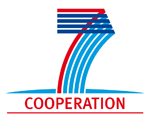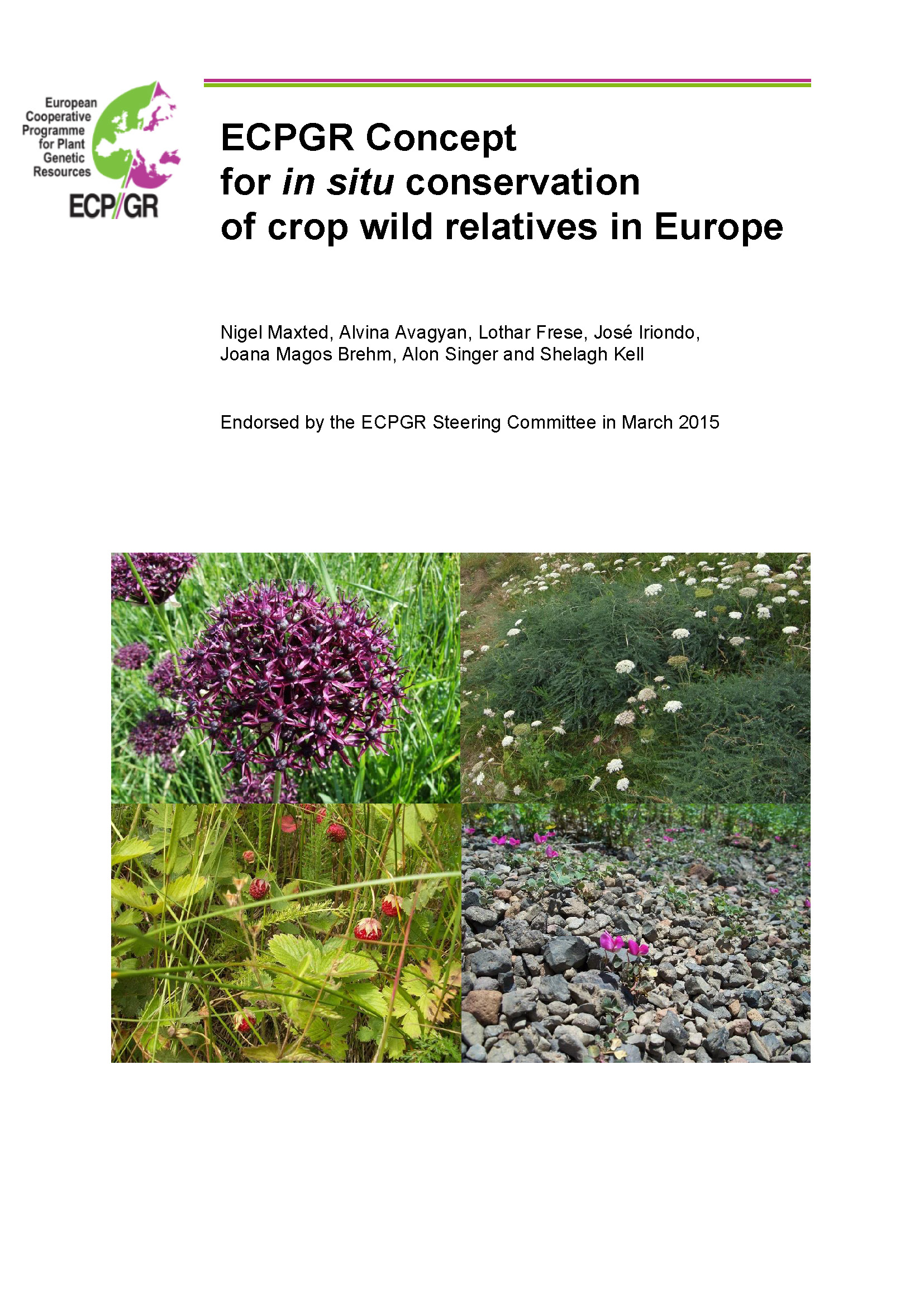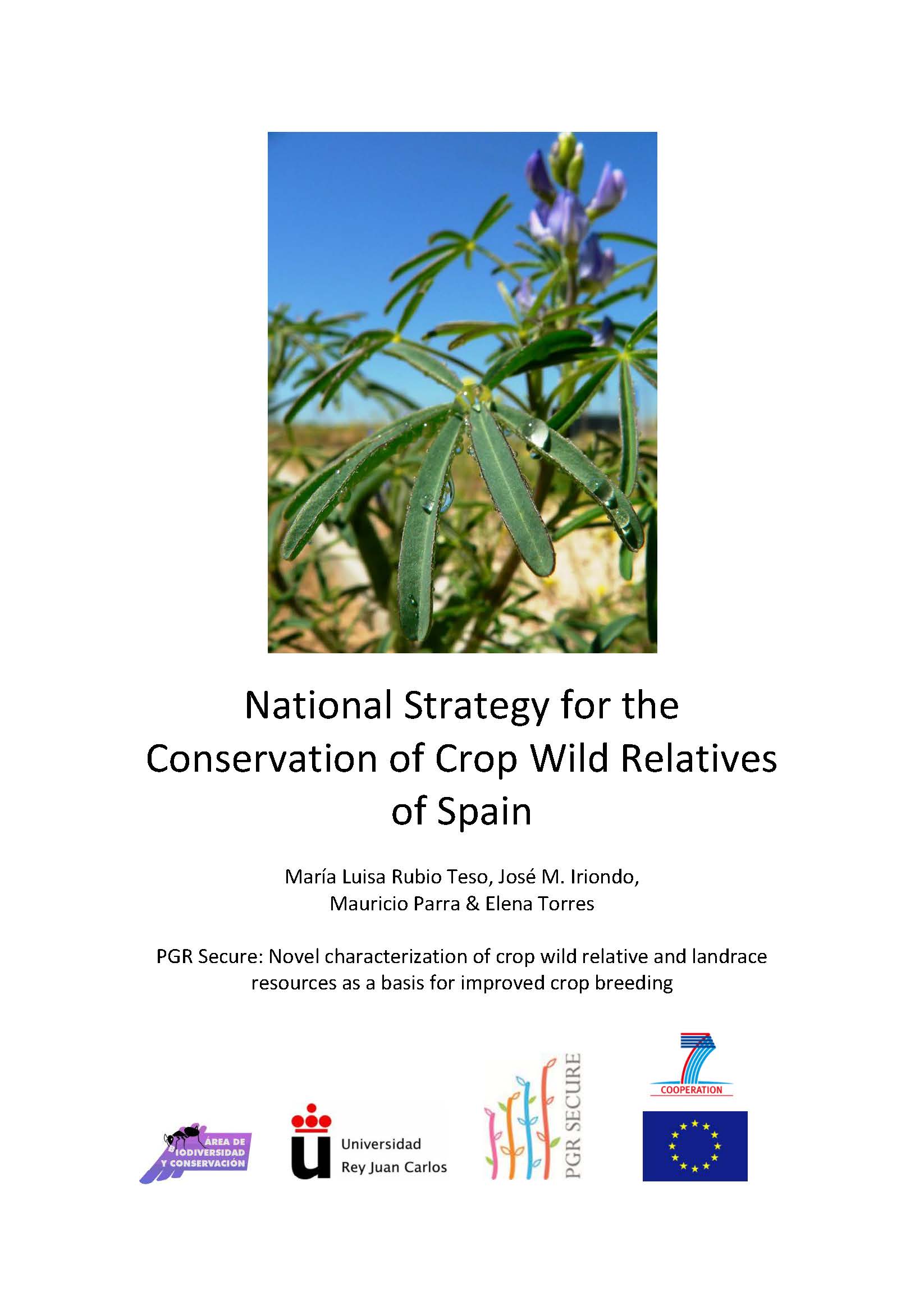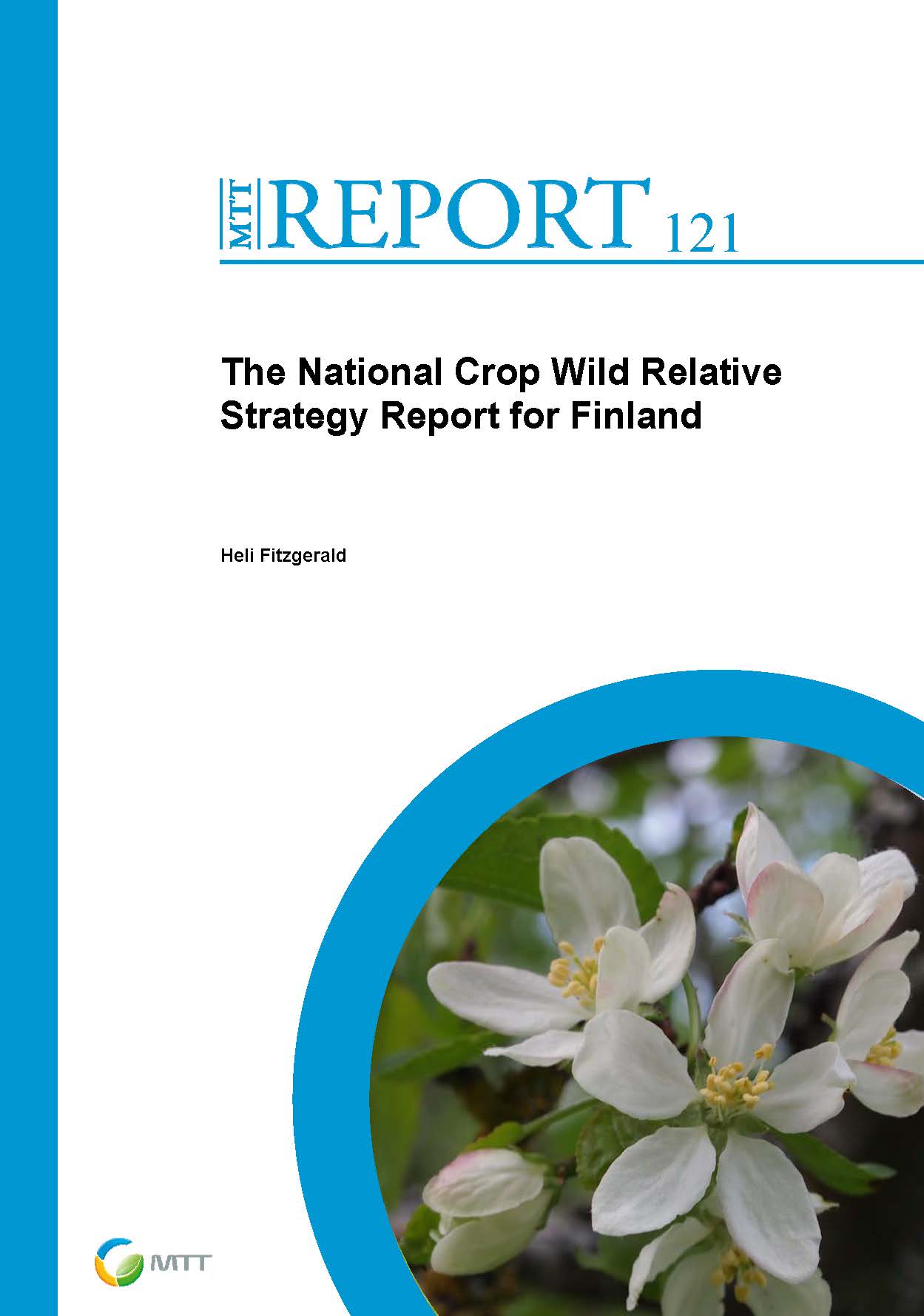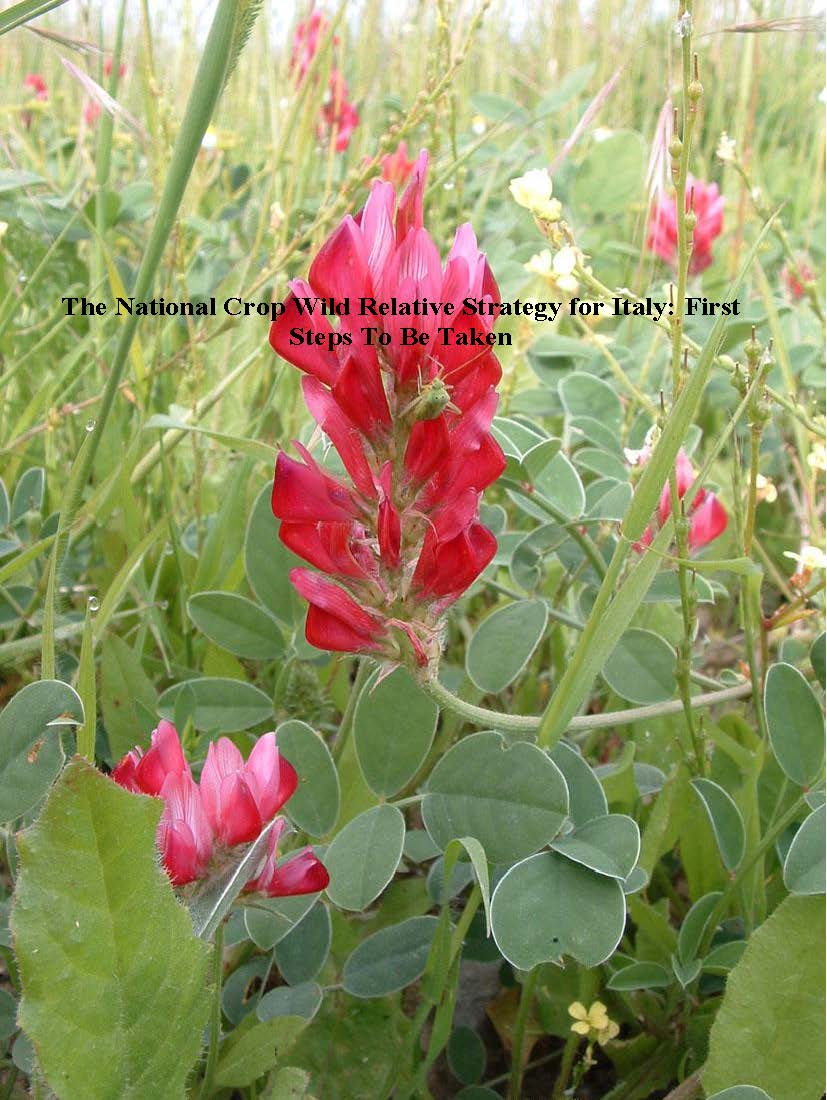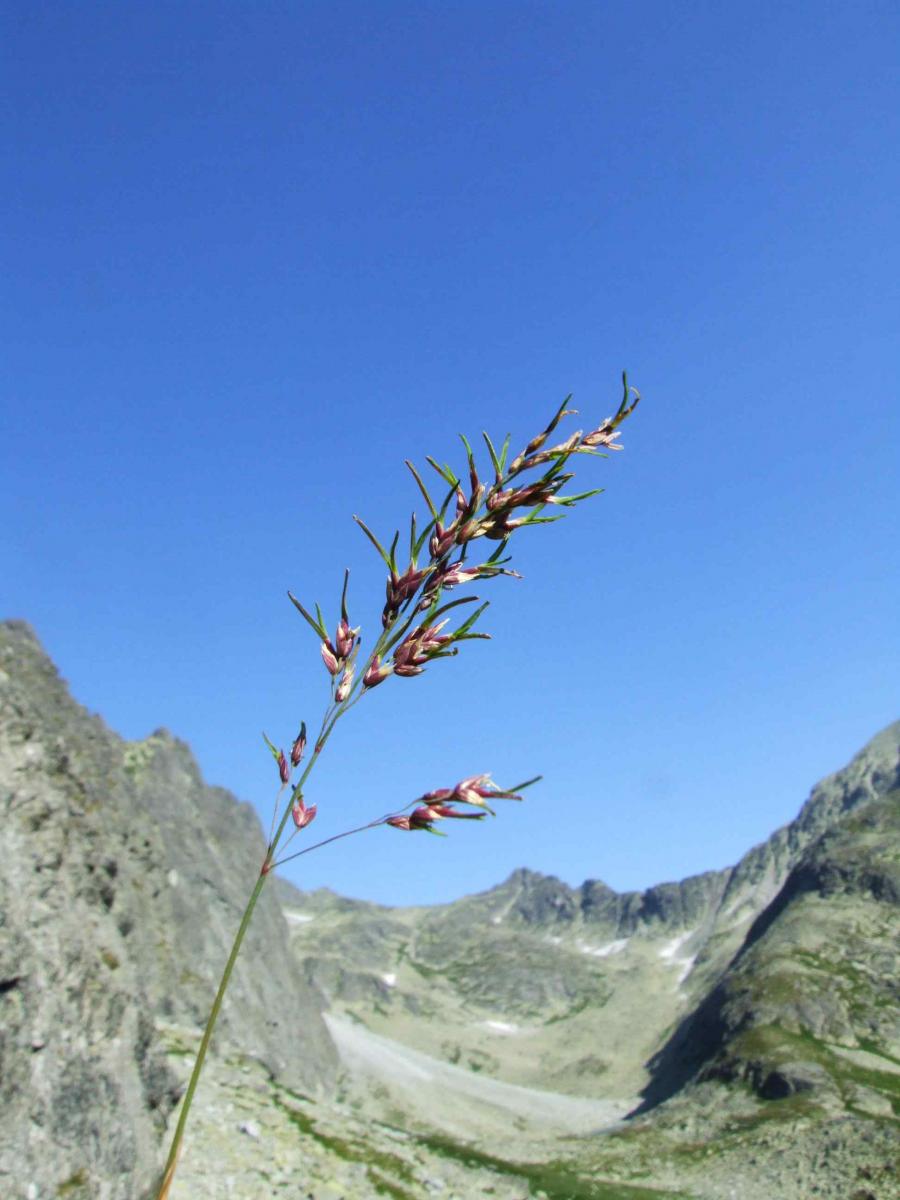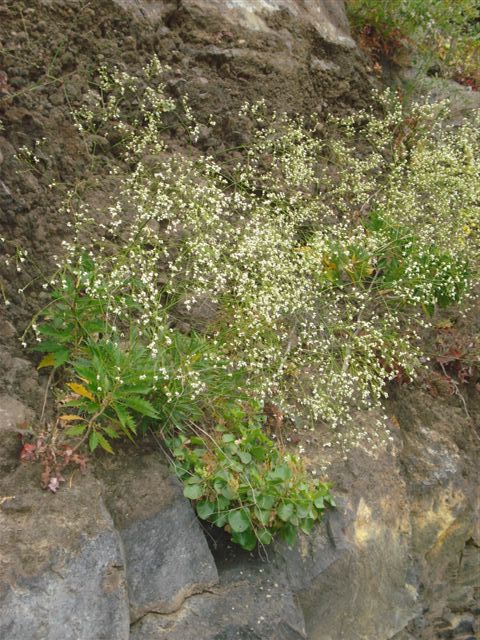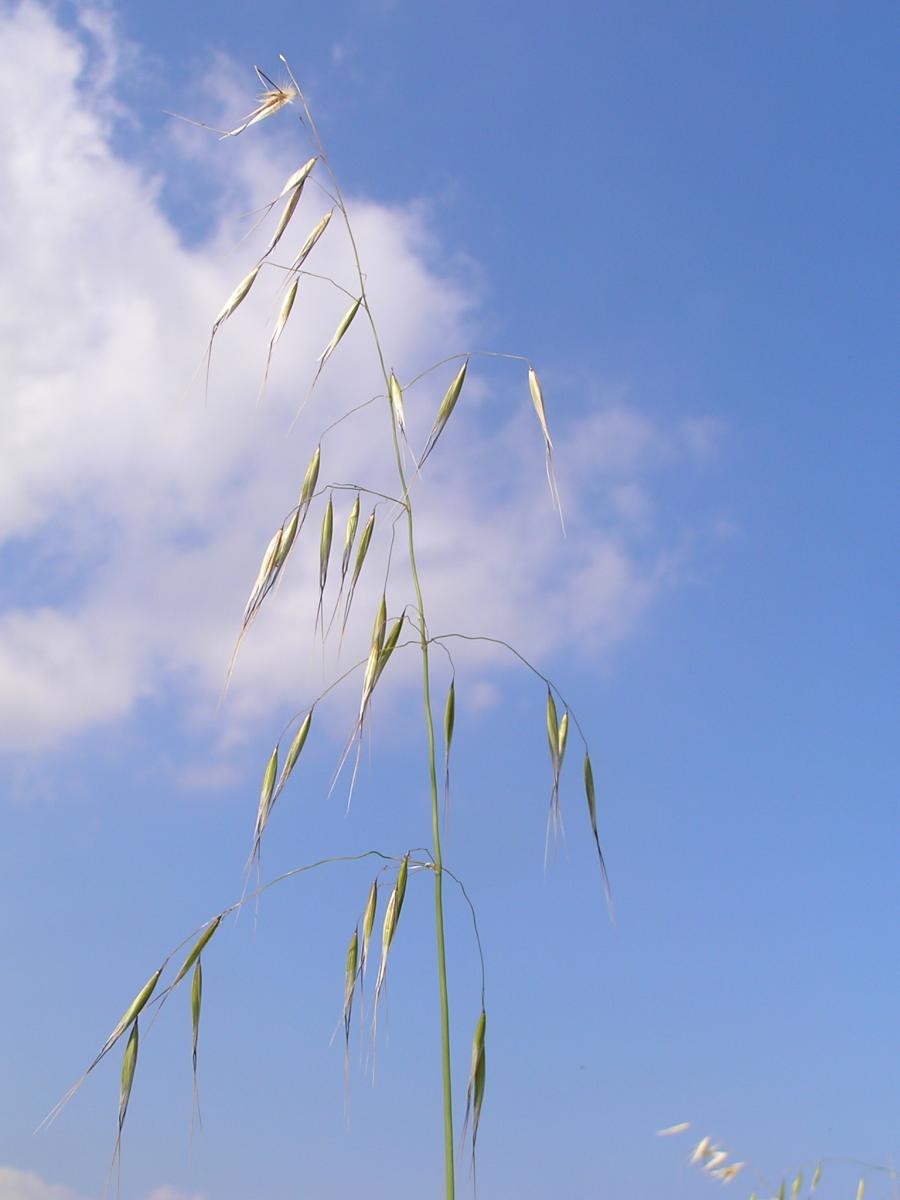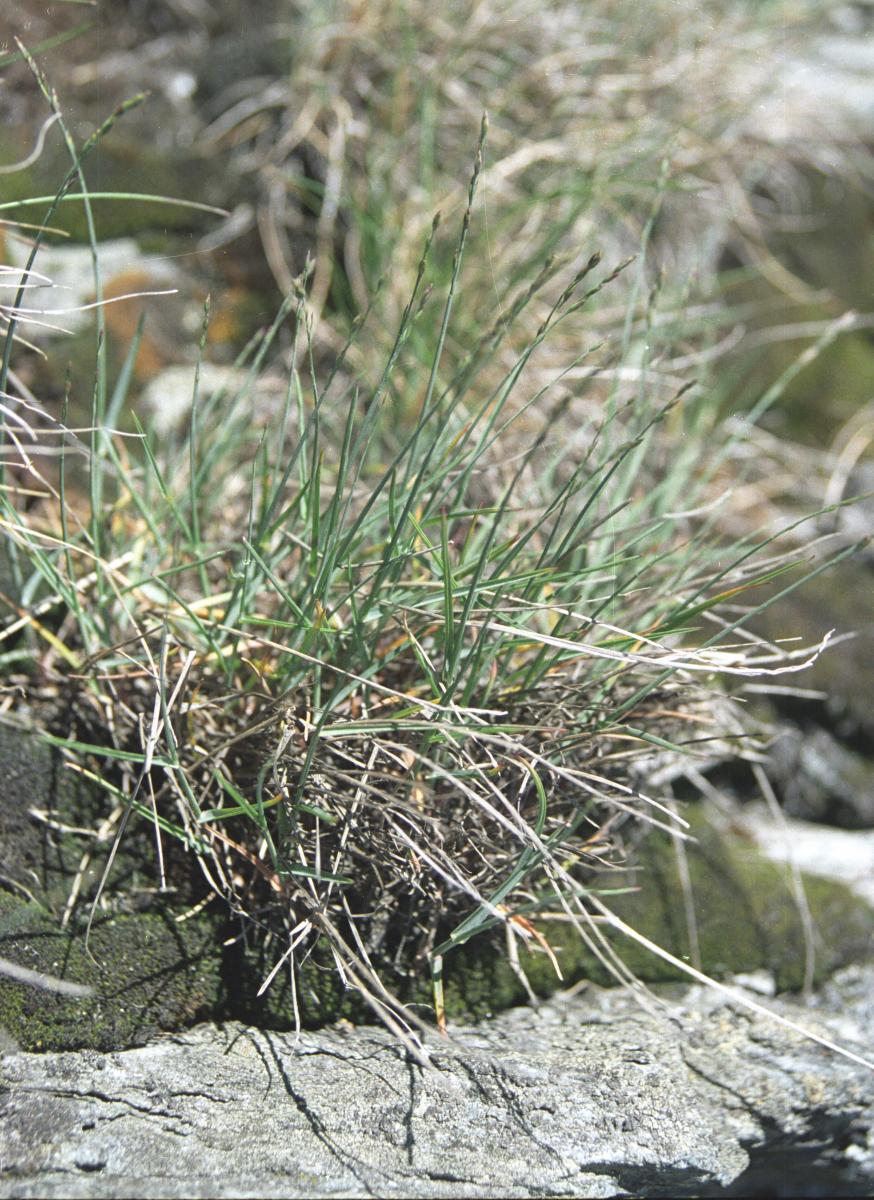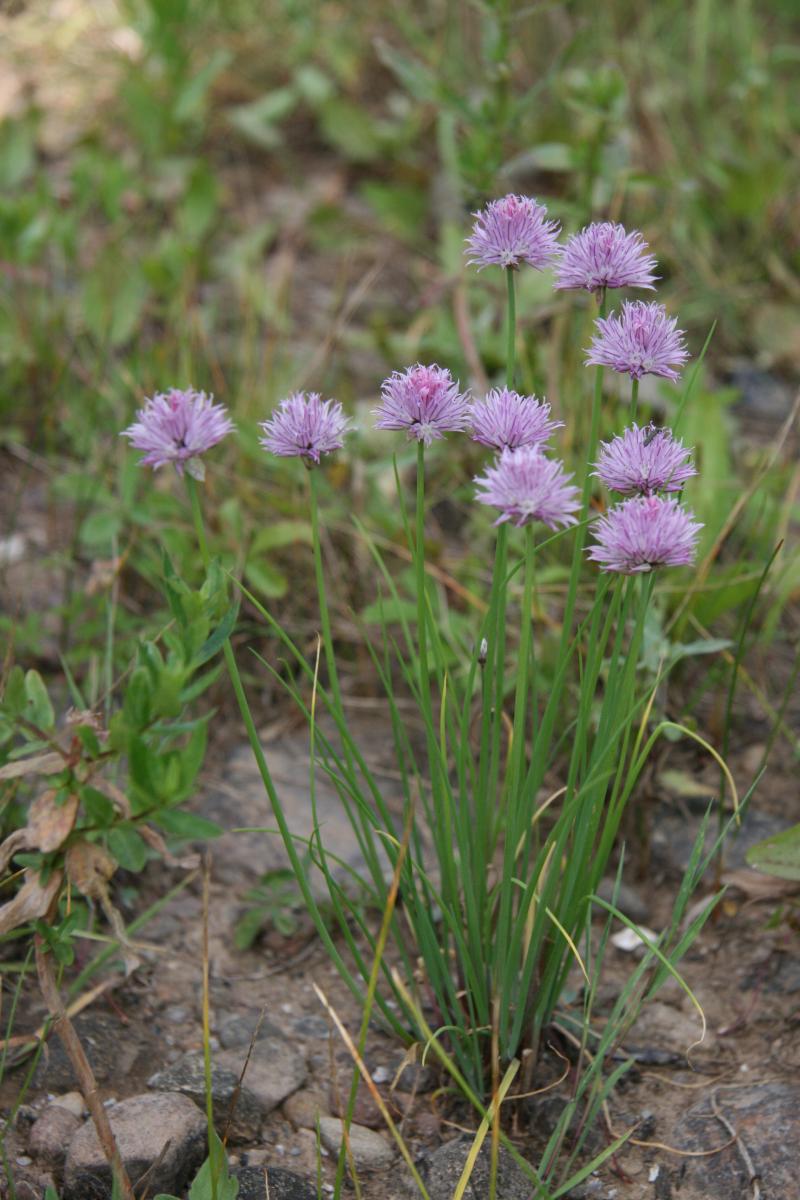PGR Secure helpdesk: CWR resources
On this page you will find a number of resources to aid and inform the national CWR conservation strategy planning process. For one-to-one guidance on any aspect of national CWR conservation strategy planning, or for access to the digitized data sets mentioned under 'CWR data' below, please contact the CWR helpdesk manager, Shelagh Kell: s.kell@bham.ac.uk.
CWR conservation planning aids
- The CWR In Situ Strategy Helpdesk: A product of the AEGRO project, the 'CWR In Situ Strategy Helpdesk' is a guide and information facility for national programmes, research institutes, NGOs, protected area managers or individuals involved in the development of a CWR in situ conservation strategy. There are three main components of this facility:
- A step-wise methodology for the identification of genetic reserve sites for a target crop gene pool.
- A step-wise methodology for the identification of genetic reserve sites for a national CWR flora.
- A list of data sources that can be consulted to aid the development of a CWR in situ conservation strategy.
- PGRFA Conservation Toolkit: 'Resource Book for the Preparation of National Plans for Conservation of Crop Wild Relatives and Landraces' aims to help nations to systematically formulate national strategies for the conservation of CWR and LR by leading the user through the various steps of the process and providing supporting reference material.
- In situ Conservation of CWR eLearning Modules: Complementing the In situ Conservation Manual of CWR, these modules have been developed to help conservationists gain preliminary insight into the tools and methods involved in the effective conservation of CWR.
CWR data
Below is a selection of resources with a specific focus on CWR data. For a comprehensive guide to searching for CWR data, please consult the CWR In Situ Strategy Helpdesk data sources pages. The CWR helpdesk manager can provide some data sets in digital format, such as the list of species included in the Habitats Directive, species included in the European Red List of Vascular Plants and the associated data (e.g., countries of occurrence, Red List Categories, major threats, habitat types), as well as a list of major and minor food crops. Other data sets can be obtained via the helpdesk through external contacts, such as ex situ accessions data from EURISCO and GRIN; these will be provided on an individual request basis to the relevant database managers.
- National CWR checklists: The national CWR checklists have been extracted from the CWR Catalogue for Europe and the Mediterreanean, which was a product of the PGR Forum project. The checklists can be used as the basis for the creation of CWR national inventories (NIs). The CWR helpdesk manager can provide these data on request. (Click here to learn more about these data).
- CWRIS: The Crop Wild Relative Information System was a product of the PGR Forum project and comprises: a) an information management model for data associated with in situ conservation of CWR, and b) an online system providing access to CWR data. Currently, the online system provides access to the CWR Catalogue for Europe and the Mediterranean v. 3.2, including a taxon search facility and links to taxon specific information sources of relevance for CWR conservation planning.
- GenResIs: The Genetic Reserve Information System is a product of the AEGRO project and provides information on recommended locations (mainly in protected areas) suited for the establishment of genetic reserves for Avena, Beta, Brassica and Prunus targeted crop wild relative taxa across Europe. Available information includes ecogeographical data as well as an inventory of CWR belonging to the four target genera occurring at each location.
- CWRIS-AEGRO-PLIS: The Population Level Information System (PLIS) is a product of the AEGRO project and comprises four independent modules for the Avena, Beta, Brassica and Prunus gene pools allowing searches for occurrences of specific species. PLIS allows searches for occurrences by taxon and/or by geographic information (Eurostat administrative units and Natura 2000 sites). Search results can be displayed on a map or downloaded as a file.
CWR Red Listing
For a guide to searching for CWR conservation data, including threat status, please consult the CWR In Situ Strategy Helpdesk conservation data sources page. In addition to the information presented there, in 2011, regional Red List assessments of a significant number of European CWR species were published:
- European Red List: The European Red List includes regional Red List assessments of 572 CWR species in regionally important crop gene pools. Use this website to view/download the individual assessments. For the list of CWR species assessed, please see the publication, European Red List of Vascular Plants. The CWR helpdesk manager can also provide CWR data from the European Red List of Vascular Plants in digitized format on request (e.g., the list of species included, their countries of occurrence, Red List Categories, and other associated data such as major threats and habitat types).
- European Red List of Vascular Plants: The publication, European Red List of Vascular Plants includes the list of species assessed and their regional Red List status, an account of how the species were selected, a description of the Red Listing process, an analysis and discussion of the results, and recommendations for conservation action and future work in this area.
- IUCN Red List of Threatened Species: 188 of the species assessed as part of the European Red List project are endemic to Europe and therefore the assessments of these species are also published in the IUCN Red List of Threatened Species.
CWR information management
The development of an ontology (controlled vocabulary) for the management of CWR data is one of the objectives of the PGR Secure project in the context of the development of the Trait Information Portal (TIP). To date, there are two models that have been specifically developed for the management of data associated with the conservation of CWR:
- CWRML: Crop Wild Relative Markup Language is the CWRIS information management model written in a language that can be used to link information management systems and thus improve data integration and sharing.
- UNEP/GEF Crop Wild Relatives Project descriptor lists: Developed and used within the framework of the UNEP/GEF funded project 'In situ conservation of crop wild relatives through enhanced information management and field application' (2004–2010).
CWR publications
A selection of key publications of relevance for CWR conservation planning are listed below. The CWR Global Portal also includes a list of publications of relevance, including peer-reviewed papers. Please note that if you were a participant in the Palanga workshop, you were provided with a range of useful publications on a flash drive which was included in your registration pack.
- Crop wild relative newsletter (nine issues, 2003–2013)
- Crop Wild Relative Conservation and Use (2008)
- Conserving Plant Genetic Diversity in Protected Areas (2008)
- Establishment of a Global Network for the In Situ Conservation of Crop Wild Relatives: Status and Needs (2009)
- Crop Wild Relatives: A Manual of in situ Conservation (2011)
- European Red List of Vascular Plants (2011)
- Agrobiodiversity Conservation: Securing the Diversity of Crop Wild Relatives and Landraces (2012)
CWR networks
- ECPGR Wild Species Conservation in Genetic Reserves Working Group
- IUCN/SSC Crop Wild Relative Specialist Group
CWR project websites
- Studies for the development of the national strategy for CWR conservation in Spain
- National CWR inventory of Italy (and other related databases)
- European Crop Wild Relative Diversity Assessment and Conservation Forum (PGR Forum)
- Crop Wild Relatives Global Portal
- An Integrated European In Situ Management Workplan: Implementing Genetic Reserves and On-Farm Concepts (AEGRO)
- Crop Wild Relatives and Climate Change
- DIVERSEEDS: Networking on conservation and use of plant genetic resources in Europe and Asia
Past CWR conferences/workshops
From the links below, you will find a number of resources associated with these past conferences/workshops, such as Powerpoint presentations, posters, reports and other related publications.
- First International Conference on Crop Wild Relative Conservation and Use, Agrigento, Sicily, Italy, 14–17 September 2005
- Towards the establishment of genetic reserves for crop wild relatives and landraces in Europe, Funchal, Madeira, 13–16 September 2010
- Conservation strategies for European crop wild relative and landrace diversity, Palanga, Lithuania, 9–11 September 2011

